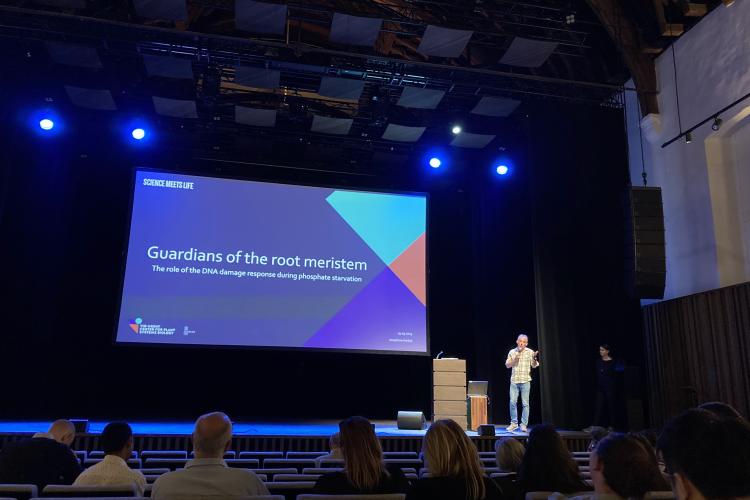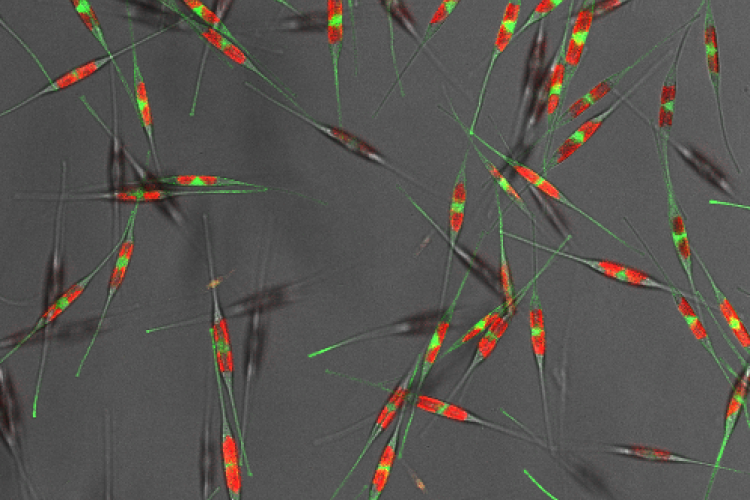Control of Cell Cycle Exit
Because plants are often exposed to adverse conditions, they have evolved complex mechanisms to modulate their cell cycle and force them to stop growing temporarily when conditions become too harsh. The main drivers of the cell cycle are cyclin-dependent kinases (CDKs). These CDKs are negatively regulated by the binding of small inhibitory proteins known as CDK inhibitors (CKIs).
Diatom Cell Division
Diatoms are extraordinary siliceous microalgae that are among the world's most prolific primary producers. They play an essential role in global nutrient cycling and carbon sequestration, and contribute about a fifth of the global oxygen production. They also have diverse metabolic capabilities and an immense potential for biotechnological applications, including the production of biofuels, nutraceuticals and various heterologous molecules.
Plant Genome Stability
Genome integrity of cells is threatened by DNA damage caused by environmental and endogenous stresses. To cope with these stress conditions, cells have developed a set of surveillance mechanisms that monitor the status and structure of DNA during cell cycle progression. In fission yeast and mammals, DNA damage activates the signalling kinases ataxia telangiectasia mutated (ATM) and Rad3-related (ATR) that simultaneously turn on DNA repair complexes and arrest cell division, allowing cells to repair damaged DNA before proceeding into mitosis.


